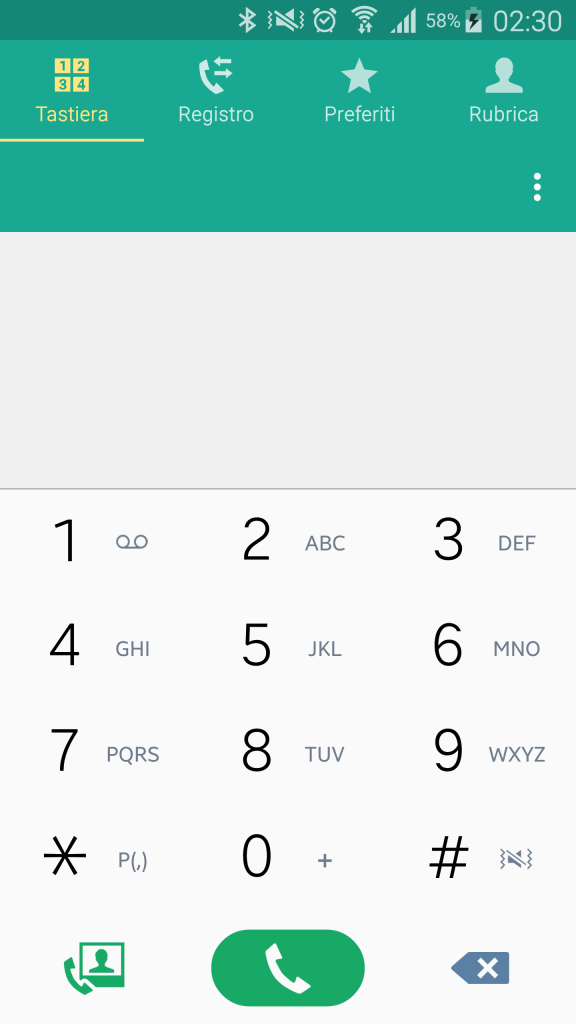
- #Basic r studio commands for free#
- #Basic r studio commands how to#
- #Basic r studio commands install#
- #Basic r studio commands code#
Stat_summary(fun.data = 'mean_se', geom = 'errorbar', width = 0.2) + Geom_point(cex = 1.5, pch = 1.0,position = position_jitter(w = 0.1, h = 0))Īdd the means and standard errors to the graph <- + Plot the raw data <- ggplot(crop.data, aes(x = density, y = yield, group=fertilizer)) +

Now we are ready to start making the plot for our report. Next, add the group labels as a new variable in the data frame.

The p value of the fertilizer variable is low ( p % This shows how likely it is that the F value calculated from the test would have occurred if the null hypothesis of no difference among group means were true. Use the following code, replacing the path/to/your/file text with the actual path to your file: crop.data F) column is the p value of the F statistic. To avoid this, you can use the read.csv() command to read in the data, specifying within the command whether each of the variables should be quantitative (“numeric”) or categorical (“factor”). It is common for factors to be read as quantitative variables when importing a dataset into R. The only difference between the different analyses is how many independent variables we include and in what combination we include them. We will use the same dataset for all of our examples in this walkthrough. Note that this data was generated for this example, it’s not from a real experiment. Library(AICcmodavg) Step 1: Load the data into R Then load these packages into your R environment (do this every time you restart the R program): library(ggplot2)
#Basic r studio commands install#
Install and load the packagesįirst, install the packages you will need for the analysis (this only needs to be done once): install.packages(c("ggplot2", "ggpubr", "tidyverse", "broom", "AICcmodavg")) To run the code, highlight the lines you want to run and click on the Run button on the top right of the text editor (or press ctrl + enter on the keyboard).
#Basic r studio commands code#
Now you can copy and paste the code from the rest of this example into your script. Once you have both of these programs downloaded, open R Studio and click on File > New File > R Script. If you haven’t used R before, start by downloading R and R Studio.
#Basic r studio commands how to#
We will also include examples of how to perform and interpret a two-way ANOVA with an interaction term, and an ANOVA with a blocking variable. We test the effects of 3 types of fertilizer and 2 different planting densities on crop yield. Two-way ANOVA exampleIn the two-way ANOVA, we add an additional independent variable: planting density. One-way ANOVA exampleIn the one-way ANOVA, we test the effects of 3 types of fertilizer on crop yield. Our sample dataset contains observations from an imaginary study of the effects of fertilizer type and planting density on crop yield. In this guide, we will walk you through the process of a one-way ANOVA (one independent variable) and a two-way ANOVA (two independent variables). The null hypothesis ( H 0) of the ANOVA is no difference in means, and the alternative hypothesis ( H a) is that the means are different from one another. ANOVA tests whether there is a difference in means of the groups at each level of the independent variable.
#Basic r studio commands for free#
Try for free ANOVA in R | A Complete Step-by-Step Guide with ExamplesĪNOVA is a statistical test for estimating how a quantitative dependent variable changes according to the levels of one or more categorical independent variables. There are ways to write completely new database tables from existing database tables - there are already several Q&A on this under the dbplyr tag.Eliminate grammar errors and improve your writing with our free AI-powered grammar checker. However in databases, the original data is stored in the database and it is transformed based on your instructions when it is requested. In R we can do df = df %>%Īnd this changes the data held in memory. The other element to consider here is that databases are primarily read-only. Hence these two commands are very different when working with database tables. While head(df, 5) and df produce identical output for ames in local R memory, dbplyr can not translate developer intention, only specific dplyr commands. So something like the following will fail: # setup simulated database connection The major constrain for this approach is that dbplyr can only translate certain commands into SQL.

For example: library(dplyr)ĭf_postgre = tbl_lazy(mtcars, con = simulate_postgres()) dbplyr translates certain dplyr commands into SQL. The answer to this arises from how the dbplyr package works.


 0 kommentar(er)
0 kommentar(er)
